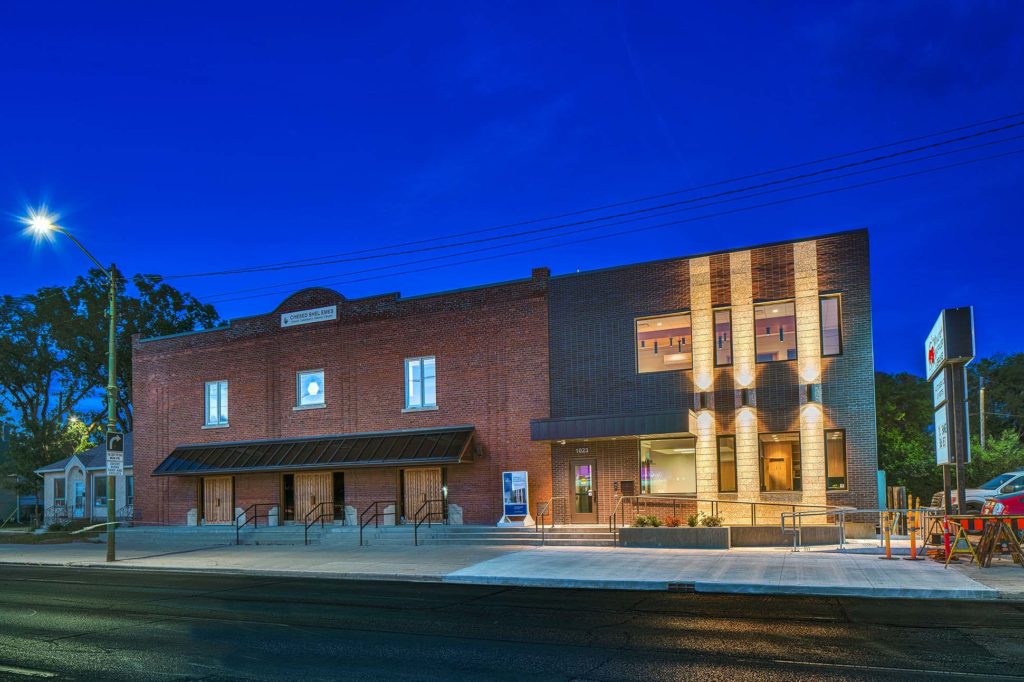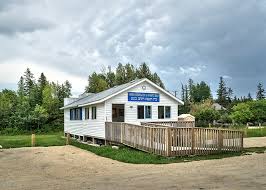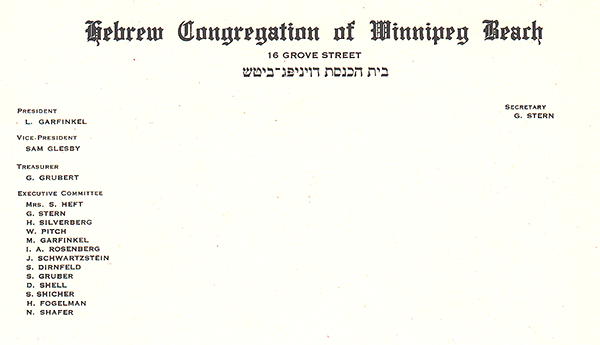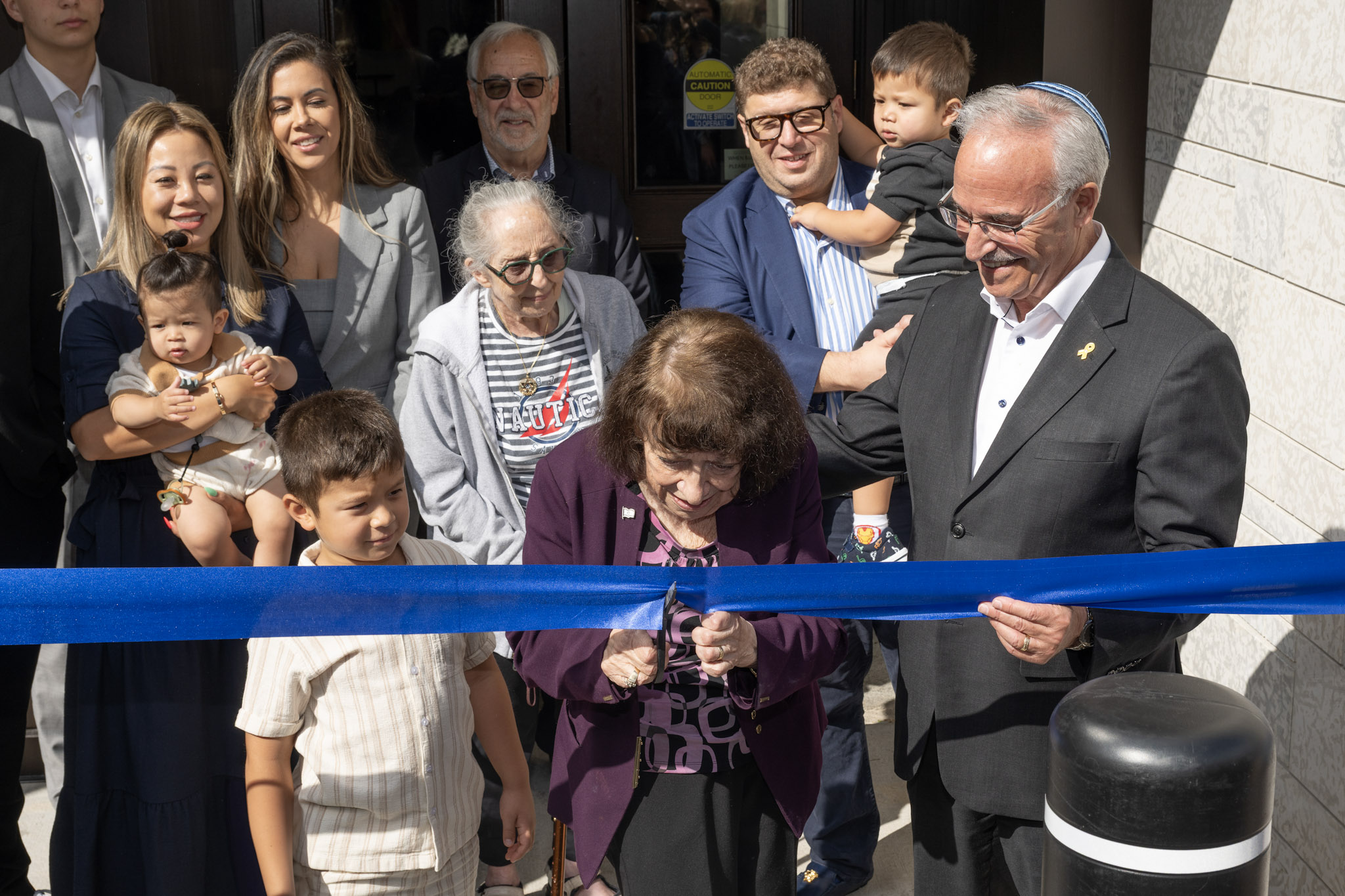Local News
Man allegedly behind $hitler’s List arrested by Winnipeg Police Service
By BERNIE BELLAN
June 19, 2023 The man who, for years, has allegedly been posting and emailing posters titled “Shitler’s List” has been arrested by Winnipeg Police Service.
In an email received from Michael Kalo Sunday evening, June 18, which was also sent to other members of the Winnipeg media, Kalo wrote the following: “Yesterday afternoon my small apartment was raided, without notice, by members of the major crimes unit of the WPS, accompanied by the police tactical unit.
“I have been arrested and charged and eventually released, earlier today Sunday, on a promise to appear and draconic conditions that severely limit my right for free speech.
“The concern of the police is that I engaged myself since 2019 in “Wilful (sic.) promotion of Hatred” contrary to section 319(2) of the Criminal Code amd (sic.)including in local schools and out of our province.
“In the above search all of my multiple electronic devices were seized and police also took with them as evidence various documents and one picketing board that I used as part of peaceful protest held until recently in different Winnipeg locations including in front of the Law Court Building and the new police HQ.
“In particular, police seems concerned about a document that they allege I have been widely distributing through fax and email.
“The title of the document is $hitler’s List, and it is aimed at quite a few Winnipeg Jewish lawyers including Mr. David Asper (former Dean of Law and Chair of the police board).
“The picketing board at-issue is aimed at Winnipeg Jewish Judges and intends to suggest that at times they might be under a conflict of intrests (sic.) that they ignore.
When we contacted Kalo and asked him for further information, he subsequently sent a copy of the search warrant that was used by WPS to search his apartment.
Upon receipt of a copy of the search warrant we saw that Kalo has not, in fact been charged under Sec. 319(2),”Willful promotion of hatred.” The WPS did refer to that section in asking a judge for a search warrant but, in fact, Kalo was arrested and charged with the following offence(s): “MISCHIEF OBSTRUCT/INTERRUPT/ INTERFERE WITH ENJOYMENT OR OPERATION OF PROPERTY.”
When we again contacted Kalo to point out that he had not, as yet, been charged with “Willful promotion of hatred,” he acknowledged the error in his email, but did say that the detective arresting him advised him that he is likely to be charged with that offence in due course.
Local News
Thank you to the community from the Chesed Shel Emes

We’re delighted to share a major milestone in our Capital Campaign, “Building on our Tradition.” Launched in November 2018, this campaign aimed to replace our outdated facility with a modern space tailored to our unique needs. Our new building is designed with ritual at its core, featuring ample preparation space, Shomer space, and storage, creating a warm and welcoming environment for our community during times of need.
We’re grateful to the nearly 1,000 generous donors who contributed over $4 million towards our new facility. A $750,000 mortgage will be retired in November 2025, completing this monumental project in just seven years.
We’re also thrilled to announce that our Chesed Shel Emes Endowment Fund has grown tenfold, from $15,000 to $150,000, thanks to you, the Jewish Foundation of Manitoba’s FundMatch program, and Million Dollar Match initiative in 2024. Our fund helps ensure that everyone can have a dignified Jewish funeral regardless of financial need.
As we look to the future, our goal remains to ensure the Chevra Kadisha continues to serve our community for generations to come. Our focus now shifts to replenishing our savings account and growing our JFM Endowment fund.
We’re deeply grateful for your support over the past several years.
It’s our privilege to serve our community with care and compassion.
With sincere appreciation,
Campaign cabinet: Hillel Kravetsky, Gerry Pritchard, Stuart Pudavick,
Jack Solomon, and Rena Boroditsky
Murray S. Greenfield, President
Local News
Winnipeg Beach Synagogue about to celebrate 75th anniversary

By BERNIE BELLAN (July 13) In 1950 a group of cottage owners at Winnipeg Beach took it upon themselves to relocate a one-room schoolhouse that was in the Beausejour area to Winnipeg Beach where it became the beach synagogue at the corner of Hazel and Grove.
There it stayed until 1998 when it was moved to its current location at Camp Massad.
On August 2nd members of the synagogue will be holding a 75th anniversary celebration.

As part of the celebration anyone who is a descendant or relative of any of the original members of the first executive committee (as seen in the photo here) is invited to attend the synagogue that morning.
If you are a relative please contact Abe Borzykowski at wpgbeachshule@shaw.ca or aborzykowski@shaw.ca to let Abe know you might be attending or for more information about the 75th anniversary celebration.
We will soon be publishing a story about the history of the beach synagogue, which is something I’ve been writing about for over 25 years.
Local News
Vickar Family cuts ribbon on new Tova Vickar and Family Childcare Centre

By MYRON LOVE In the words of Larry Vickar, the Shaarey Zedek’s successful Dor V’ Dor Campaign “is not only a renewal of the synagogue but truly a renewal movement of Jewish life in our community.”An integral part of that renewal movement was the creation of a daycare centre within the expanded synagogue. On Monday, June 23, Larry and Tova Vickar cut the ribbon, thereby officially opening the Tova Vickar and Family Childcare Centre in the presence of 100 of their family members, friends and other supporters of the project.
The short program preceding the morning ribbon-cutting began with a continental breakfast followed by a welcome by both Fanny Levy, Shaarey Zedek’s Board President, and Executive Director Dr. Rena Secter Elbaze. In Elbaze’s remarks, she noted that Larry and Tova wanted their family (including son Stephen and family, who flew in from Florida) and friends at the event to celebrate the opening of the Tova Vickar and Family Childcare Centre, “not because of the accolades, but because, as Larry put it, he hopes that their investment in the congregation will inspire others to do the same.”
“When Larry and I spoke about what this gift meant to him and the message he wanted people to take away,” she continued, “I couldn’t help but connect it to the teachings of Reb Zalman Schachter-Shalomi whose book – Age-ing to Sage-ing – changes the whole way we look at the concept of ageing and basing it on our ancestral teachings.”
She explained that his concept of “Sage-ing” is based on three key ideas – Discover your meaning and purpose; accept our mortality and think about the legacy you want to leave.
“Larry spoke about these exact concepts when we met,” she said.
Elbaze also noted the presence of Shaarey Zedek’s newly-arrived senior Rabbi Carnie Rose, former Rabbi Alan Green, and area MLAs Mike Moroz and Carla Compton.
Larry Vickar expressed his great appreciation for all those in attendance. “Tova and I are deeply moved to stand here with you today for this important milestone in our community”, he said. “We are grateful to be surrounded by all of you, the people we care about, our family and friends… you who have touched our lives and played some part in our journey.”
